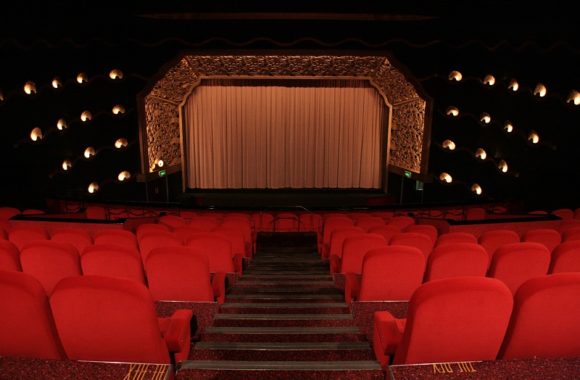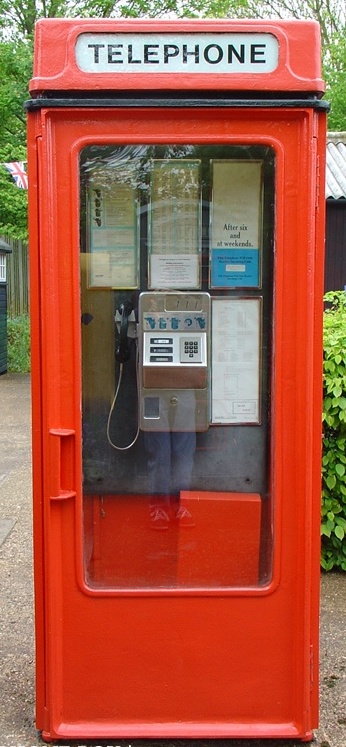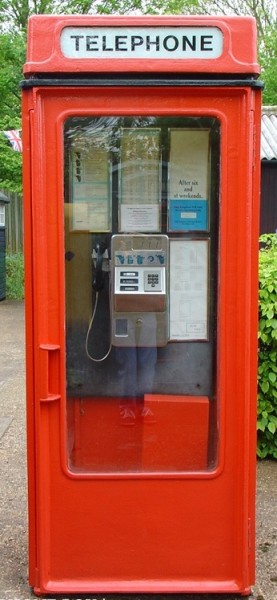
An iconic piece, but it is true that although stunningly beautiful the Thonet chaiselongue is not madly comfortable. But who could resist if they came across one in an antique/junk shop as we did years ago? It’s our pride and joy.


An iconic piece, but it is true that although stunningly beautiful the Thonet chaiselongue is not madly comfortable. But who could resist if they came across one in an antique/junk shop as we did years ago? It’s our pride and joy.

As promised, the Post this week will feature Thonet bentwood furniture. This is presumably very out of fashion at the moment, as is all ‘brown’ furniture – but still beloved by us at Persephone Books and indeed inspirational. We even sell a poster of all the bentwood furniture in stock in 1907. This is an earliere copy in the V and A, it was made for the American market, but is very similar to the one we sell.

Anderson House, Barnstaple was built in 1972, details here, and is now available to rent from the Landmark Trust, details and more photographs here. And for anyone who loves this kind of house, their spiritual home will be The Modern House website (which has afforded us many hours of pleasant day dreaming and what if-s).

Complaints came in yesterday that the Post is too ‘Home Counties’ focused (shades of Celia Johnson!) and that there are other equally wonderful Art Deco cinemas which aren’t, well, just outside London. In our defence, because the shop is in London we are indeed rather focused on it. Also, working in the shop doesn’t give us much time to get out and about. But point taken. Here is the very beautiful Preston Bus Station, number 20 on the C20th Society’s list of successes. More details here. And the conclusion is: ‘Despite long-running pressure to have it demolished, and inclusion of an image of it in Martin Parr’s Boring Postcards (actually quite a compliment surely?), Preston Bus Station holds a special place in the hearts of the local population. A poll conducted by a local newspaper (Lancashire Evening Post, 15 August 2000) revealed that a majority of 57% of readers wanted the building to be given listed status. At present, groups in online social networks have been formed to express support for the building. We hope the Society’s recent listing application will help safeguard this pivotal post-war monument for future generations.’


This studio, at 31A Grove End Road, St John’s Wood in North London, might be one’s dream room: ‘Studio, built c1926 by Thomas Tait, an early exponent of Modernism in Britain, in the garden of the family home of the sculptor Sir William Reid Dick. Reid Dick was a personal friend of Tait, and his work is seen at Unilever House and Selfridges by Tait and his partner, Sir John Burnet. Tait’s sculpture is also incorporated into the fabric of the studio and the garden. In 1974 the architects Colin St John Wilson and Mary Jane Long bought the building, restoring and adapting it as a family home. During this time they were working on their major commission, the British Library.’ (And, yes, the reader has no idea if here partner means business or romantic, you can’t be too careful with words.) Notice the Thonet bentwood chair by the piano – we can’t have had any Thonet on the Post for, well, months – maybe we need some next week.


‘The Rex Cinema, Berkhamsted, is a classic Art Deco cinema designed by David Evelyn Nye and opened in 1938, with a curved concrete canopy and tall vertical windows illuminating a double-height entrance foyer, complete with large Art Deco chandelier and staircase. The cinema closed in 1988, becoming derelict. In the mid-90s a developer planned to demolish it and it looked likely that the Rex would become a residential development. Despite being discussed in the House of Commons it was declined government subsidy. Then, after campaigning by the C20 Society – and supported by actors and personalities including Joan Bakewell, Hugh Grant, Hayley Mills and Ian Richardson – the cinema was spot-listed Grade II by Historic England.The building re-opened to the public in 2004 as a 350-seat single-screen cinema. Its first screening was The Third Man: made during the Rex’s earlier heyday with screenplay by Graham Greene who grew up in Berkhamsted. It now shows films 362 days a year’ (from the C20 Society website here).


Persephone Books has long been a keen member of the C20t Society, which has recently issued a little booklet celebrating forty buildings they have helped to save over forty years. Here are five, starting with the K8 telephone box (1968) ‘now repurposed as libraries, coffee kiosks and to house defibrillators, again fulfilling an important role in the community.’ More details here. And of course the society also campaigned to save the K2 (1924) and the K6 (1935) boxes..


And the fifth child’s essential? A wooden bike. This is Galt’s 1960s and my goodness how generations of children have loved it.


The fourth absolutely essential toy for a new baby is building blocks, this is the present of choice in our household. These are nineteenth-century but plain modern ones are usually pretty nice.


Who could resist, then or nowadays, this 1940s Noah’s ArK?